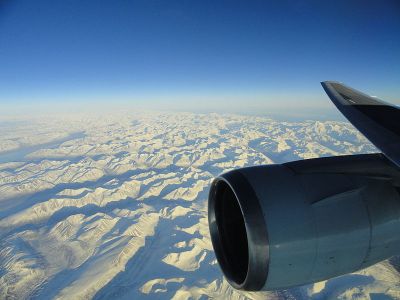Conventional
perforated acoustic liners are currently used in hot areas of
aeroengines to abate noise. However, the present liner technology for
engine intake does not meet thermal and other functional requirements
regarding the hot exhaust gases in turbines.
In the EU-funded project 'Integration of a hot stream liner into the
turbine exit casing (TEC)' (HOSTEL), the objective was to develop an
acoustic liner concept that is suitable for the turbine exit casing.
The HOSTEL liner concept relied on a liner top sheet assembly
consisting of a thin metal foam layer in combination with a perforated
sheet metal. Previous research had demonstrated that such a structure
shows good acoustic performance almost independent of flows and
temperature. The metal foam layer is brazed to a classical honeycomb
sandwich structure and is compressed to a pre-determined degree. This
helps increase the acoustic resistance and lower liner non-linearity
with respect to both flow and temperature variations.
Scientists performed a number of simulations on one cell of the
reference liner with a single hole. Several flow cases with different
flow mean speeds, temperatures and foam material parameters were
calculated to study the liner cell performance variations. Focus was
placed on investigating the acoustic power balance — the relation of the
acoustic power scattered by the cell compared to the input power.
Project partners also performed vacuum brazing of the test samples.
Intensive efforts were devoted to solving issues regarding the
interaction of the brazing material with the nickel foam.
HOSTEL findings should help project partners tune a hybrid acoustic
liner to the blade passing frequencies of the Sustainable and Green
Engine (SAGE) 4 Geared Turbofan demonstrator that has a low-pressure
turbine.
HOSTEL research should help the development of acoustic liners that
are satisfying thermal and other functional requirements, as they are
fundamental in ensuring quiet aircraft.
 EN
EN  CS
CS DE
DE ES
ES FR
FR HU
HU IT
IT PL
PL PT
PT РУ
РУ SK
SK TR
TR УК
УК AR
AR 中文
中文







